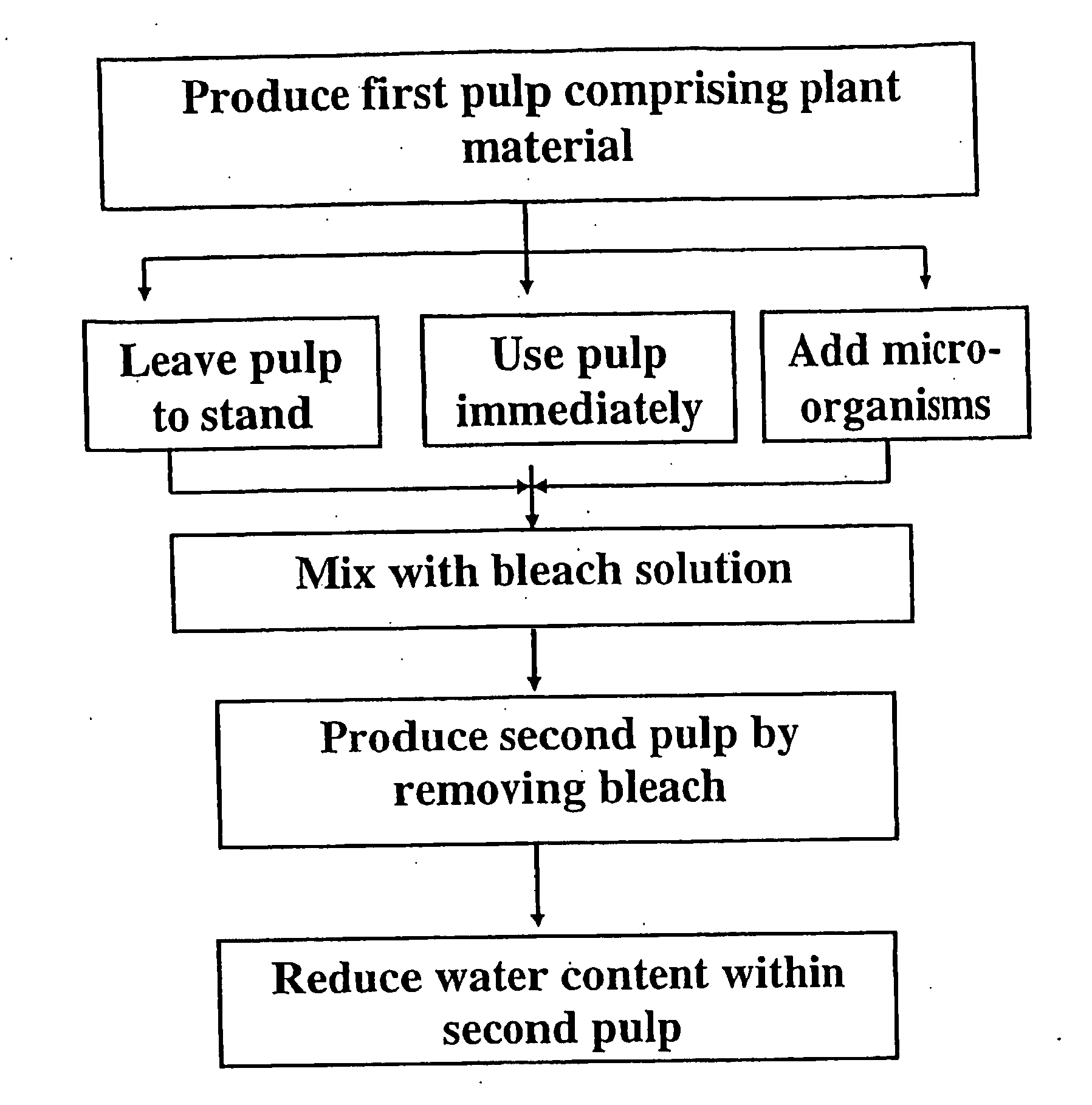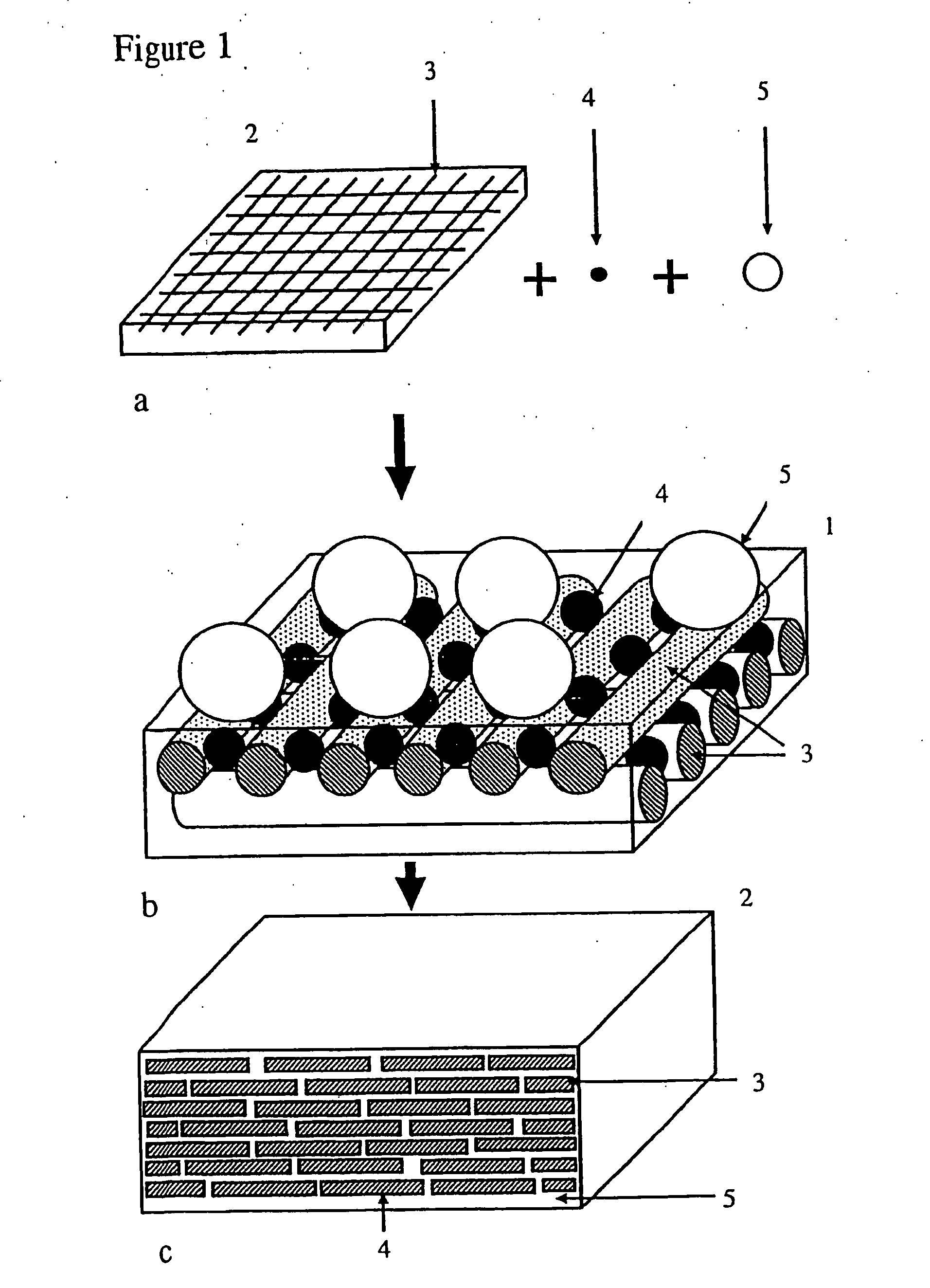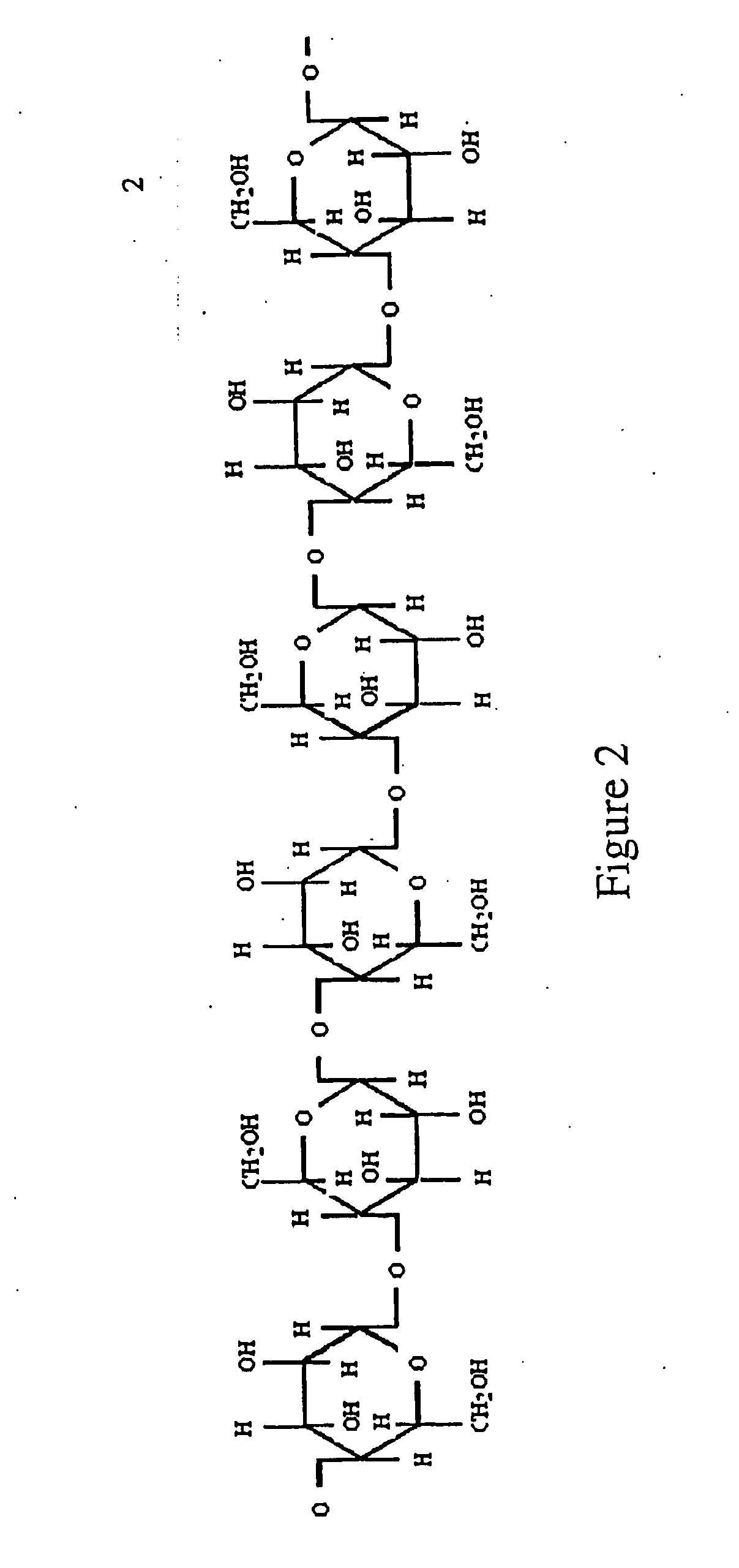Biocomposite material
a biocomposite material and material technology, applied in the field of biocomposite materials, can solve the problems of reduced toughness when compared to glass fibre reinforced polymers, water absorption and odour release, and poor surface finish achieved, and achieve the effect of reducing the plurality of cellulose fragments
- Summary
- Abstract
- Description
- Claims
- Application Information
AI Technical Summary
Benefits of technology
Problems solved by technology
Method used
Image
Examples
Embodiment Construction
[0093]A detailed description of a biocomposite material 1 in accordance with aspects of the present invention shall now be described with reference to FIGS. 1 and 2.
[0094]From FIG. 1 the biocomposite material 1 can be seen to comprise a plurality of cellulose fragments 2 in the form of a network of cellulose microfibrils 3. The cellulose fragments 2 can be seen to be infiltrated with a hydrophilic (or substantially hydrophilic) binder 4 and encapsulated within a hydrophobic binder 5. In practice the cellulose fragments 2 can range from comprising a mix of individual cellulose microfibrils (typically ˜20 nm in diameter) to sections of cellulose cells typically ˜50 μm in length and breadth and less than 1 μm in thickness themselves made up of a number of cellulose microfibrils 3. A schematic representation of the chemical structure of cellulose is presented in FIG. 2.
[0095]In the present embodiment the hydrophilic binder 4 comprises partially hydrolysed polyvinyl acetate. Partially hy...
PUM
| Property | Measurement | Unit |
|---|---|---|
| time | aaaaa | aaaaa |
| tensile modulus | aaaaa | aaaaa |
| pressure | aaaaa | aaaaa |
Abstract
Description
Claims
Application Information
 Login to View More
Login to View More - R&D
- Intellectual Property
- Life Sciences
- Materials
- Tech Scout
- Unparalleled Data Quality
- Higher Quality Content
- 60% Fewer Hallucinations
Browse by: Latest US Patents, China's latest patents, Technical Efficacy Thesaurus, Application Domain, Technology Topic, Popular Technical Reports.
© 2025 PatSnap. All rights reserved.Legal|Privacy policy|Modern Slavery Act Transparency Statement|Sitemap|About US| Contact US: help@patsnap.com



